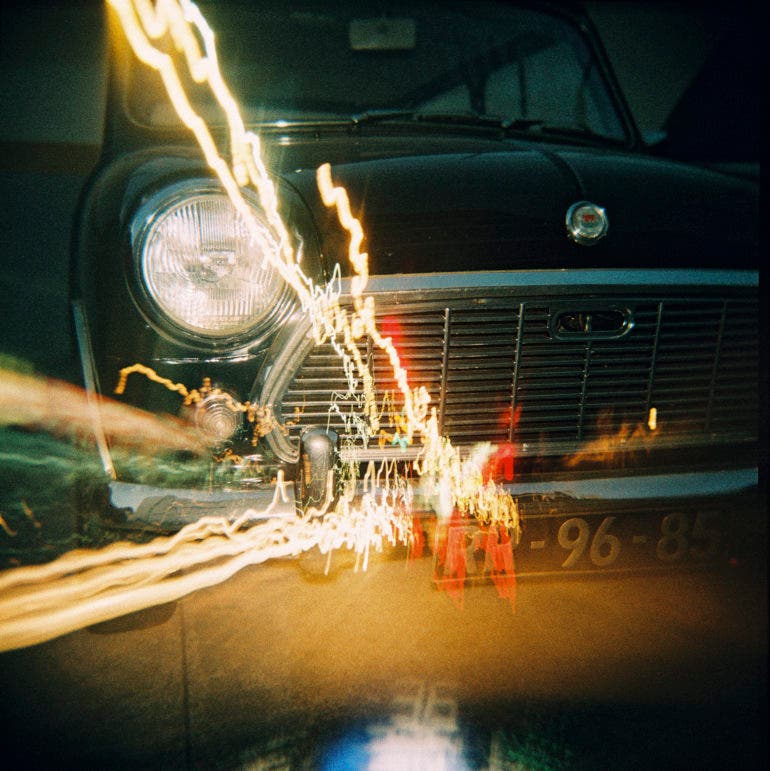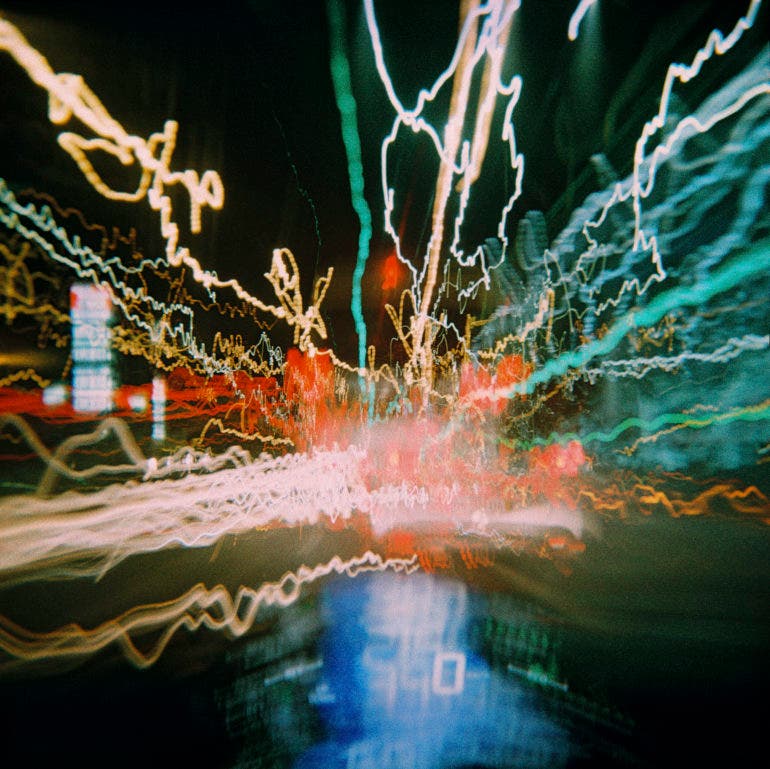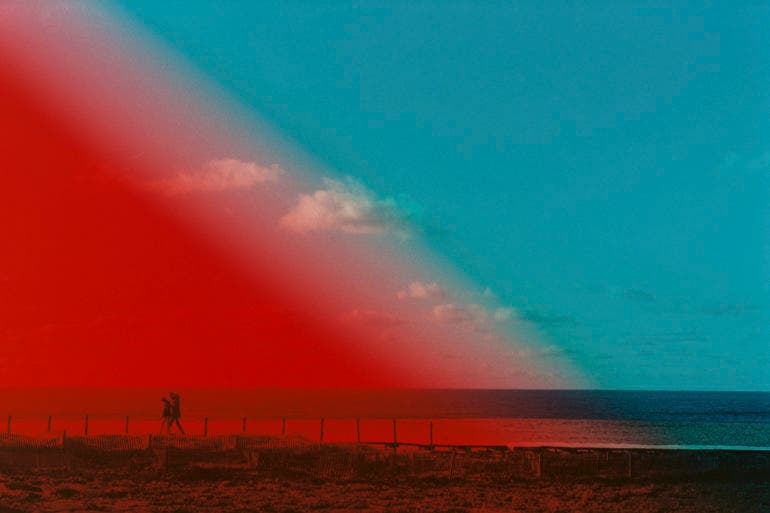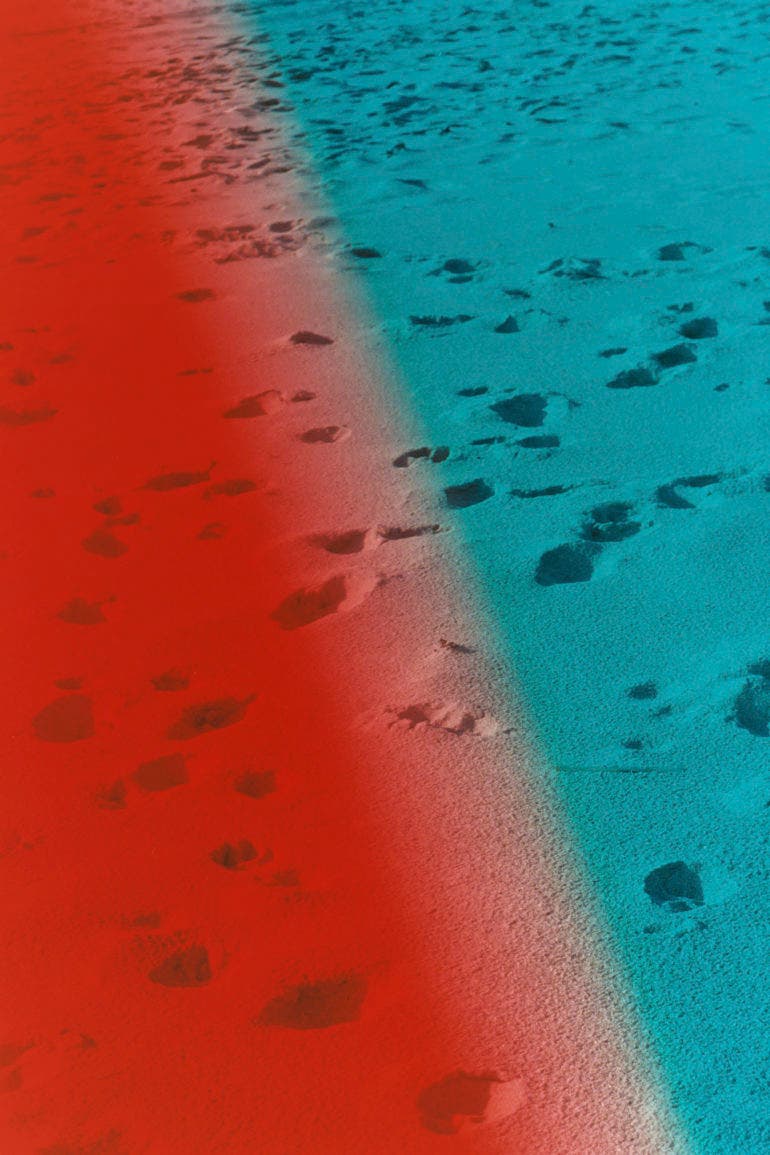Justino Lourenço Created In-Camera Magic Without Photoshop
All images by Justino Lourenço. Used with permission.
First of all – my congratulations on the quality and resilience of your website. I decided to send some of my photos: some photographic work is on 35 / 120 mm film—my first experiments on photography started with my grandfather’s impulse. I was a teen near to an old medium format Kodak in the ’80s. My grandfather was an outdoor family shooter, always using direct and natural light. Perhaps that is the reason why I still shoot daylight, always running away from flash or any artificial lighting.
In the ’90s, I was shooting on digital, as everyone did by that time. In 2002, after my son was born – I shoot hundreds of digital photos on a Canon EOS 400D. Later, when he started practicing soccer – I had the father pleasure of shooting around 200 photos per week game. But the digital medium was speedy. It was a time when I was, like most people, living and working at the speed of light. The principal impulse was to click first and afterwards search the ideal photo in the panoply of digitally saved files.

Meanwhile, I started searching for new photographers, visiting exhibitions, and searching for calm and plenitude in my hobby of photography. The analog call out was there in the next corner. I run into eBay and search for an Olympus OM-10, and I buy one. A digital photographer should start analog with some automatic exposure help over film photography. Then I got a Lomo fisheye, Holga 120, Lomo Sprocket rocket, Rollei 35 SE, Canon FTB QL, Zenith 11, Minox 35 EL, Holga 135PC, Minolta 16 Model P, and a few more. I also bought several filters, colored and gradient filters, and half colored filters (red and blue and red and transparent). My lens choice (Canon FD, M42, an OM mount) falls most of the time in the 50mm or less, except for a 135mm and a zoom lens.
My favorites films are slide film and Kodak (Gold, Color Plus) for color and Ilford HP5 for B&W.
I tend to believe in perpetuating a moment while shooting. I am a portrait photographer when I am near my family, and I am an urban photographer for most of the time. Always searching for peculiar patterns and different views of things and places.

My photographic work is totally unpretentious. I believe that my combination of several analog techniques enables creating different perspectives about scenes that are there in front of everybody’s eyes. My freedom of being a photography hobbyist free my work from any constraints that may have conducted the photographic process. I think that I managed to show over the lens eye very different perspectives that are not easy to spot in a naked eye form. Some interesting colored effects act as positive distortions for a scene and intense B&W forms and perspectives of a city.
Why did you get into photography?
With the positive influence of my grandfather. We lend me his camera. We took several pictures and lead me in my first steps in photography.
Which photographers are your biggest influences? How did they affect who you are and how you create?
I still remember the incredible impact of one of my first photography books about Henri Cartier-Bresson. I love his spontaneous capacity to transform the photo scene into something better or unexpected – than before the camera presence.
Ansel Adams is also a significant influence. All its work inspires me whenever I travel when I shoot a landscape or move into nature photography.
And I could also mention many others such as Robert Capa, Philippe Haslman, Eve Arnold, and some current Instagram photographers.
How long have you been shooting? How do you feel you’ve evolved since you started?

My first experiments in photography happened in the 80s. Started as a hobby, but nowadays in something more profound: a sort of plenitude or meditation process while shooting. Sometimes in more disoriented or stressed moments – I feel the need for shooting. Besides personal and professional things, my bag always has a camera for that special moment that can and will happen in my daily routine.
Tell us about your photographic identity.
For an amateur to claim a photography identity is a hard question. My proximity to Douro River on one side of my town and the Atlantic Ocean over the other side drives my photography identity. Reveling different looks for the same scene is a personality characteristic exported for my photos.
Tell us about the gear you’re using.
In the proposed photo set for publication, my choice was a Holga 120. It is such a simple cam- that it is easier for me to focus on the composition and the inspirational scenic space. Double or multiple exposures are there at the ease of a click. The second camera used: Canon FTB QL with a 28mm and a 50mm f1.8 (along with a bicolored filter), helps me take more control in depth of field, as I enjoyed it.

Natural light or artificial light? Why?
Always natural light, for now, no room for a flash in my camera bag. More comfortable with sun effects at sunset or sunrise. On the other hand, thinking about a new project with slow shutter photos, where perhaps last curtain flash may, for the first time, play an important role in the creative process.
Why are photography and shooting so important to you?
It is my escape from the regular daytime routines. I consider myself a creature with the urge to flow some creative thoughts and activities. Photography provides me the tool to achieve it.
How does the gear help you create?
I choose the cam that I will carry each day based on what scene I am thinking about. Sometimes I carry two cameras: B&W film on a camera and another cam is loaded with a redscale film, for example. The mud and the purpose of the project photo experiment leads my choice. Typically, I associate a camera with a purpose, so the camera helps the flow of inspiration, in other words a «Mean to one End», as the Joy Division song.

What’s typically going through your mind when you create images?
The typical process in my work complains a walk with a cam as a companion. Open eyes and no great expectation. The recognition of a relevant pattern, person o scene that comes into my eyes, triggers the process. By that time, I can feel what it would have the desired final result: a close shot, a narrow depth of field perspective, a possible double exposure or a new composition for a scene.
Please walk us through your processing techniques.
I am a sort of old fashion photography apprentice: the lens choice, the with or without filter, the speed and aperture choice and also relevant choice of the film is my primitive Photoshop tool. Sometimes I need to return for the second time into the same spot, just because in the first visit I have missed to bring that filter or the lens that I think it could promote that great view – that I believe to exist. Besides pushing or pulling the film my choices are narrowed to all the relevant decisions before the click. When I feel: this is it, I tend to take several shots of the same scene with different technical approaches, sometimes even with different cameras.
Tell us about the project or portfolio you’re pitching to us.

My proposed portfolio on one part plans to show the creativity process and potential of using the multiple exposure process over film and its impact on showing new distorted but appealing scenes. A sort of arrogant God behavior that enables a new reality in one (by nature) already established scenic space, just for the pleasure of my eyes.
What made you want to get into your genre?
My perspective is tremendously influenced by my eyes experience. Being born near Porto and all its beauty formatted my perspective of all the scenes that I have been searching in my photography.
What motivates you to shoot?
I have no professional intents when I am shooting. I will always feel that I am just an amateur of photography, that started as part-time hobby to an (positive) obsession of perpetuating an eye spot. It works also as a personal urge to let my inspiration flow, freely.





All images by Justino Lourenço. Used with permission. Be sure to follow him on Instagram. Got a cool series that doesn’t involve Photoshop? We want to see it. Here’s how you can submit it!